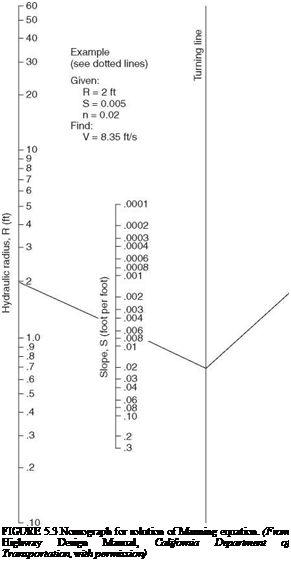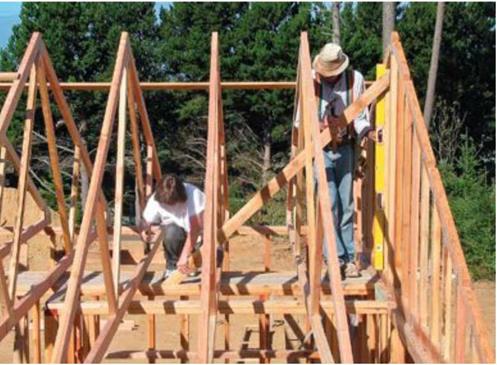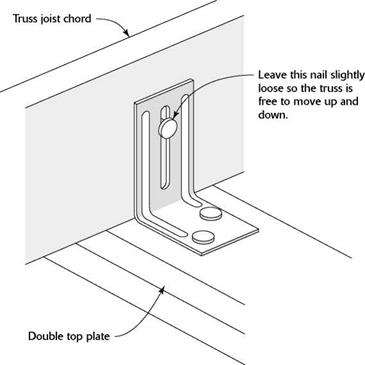All Natural
What the subtractive process requires, more than anything else, is a firm understanding of necessity. Knowledge of universal human needs and the archetypal forms that satisfy them is a prerequisite for the practice of good design. This knowledge is available to anyone willing to pay attention.
A vernacular architect who has come across a photo of a Kirghizian yurt and encountered a Japanese unitized bathroom and a termite mound while traveling does not set out to build a yurt with a unitized bathroom and termite inspired air conditioning just to show what he has learned. He retains the forms for a time when necessity demands their use.
Vernacular architects do not strive to produce novel designs for novelty’s sake. Necessity must be allowed to dictate form...
read more





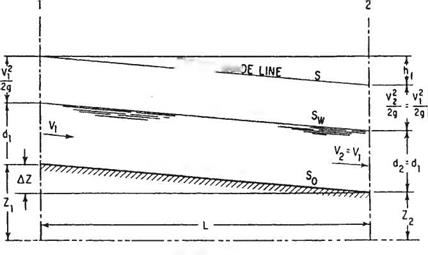
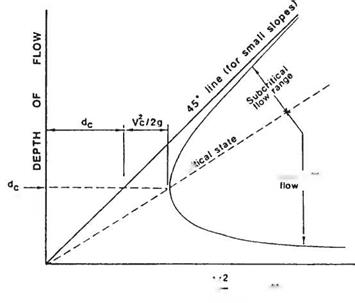 ШШїші
ШШїші